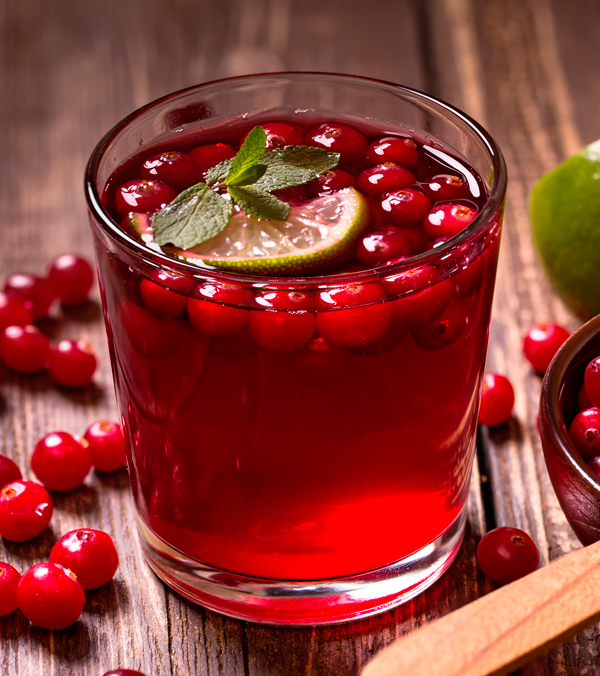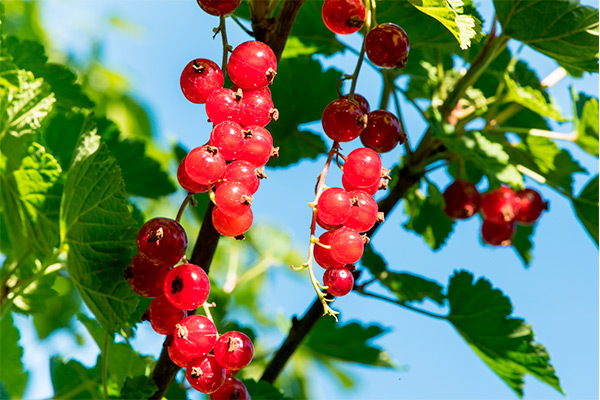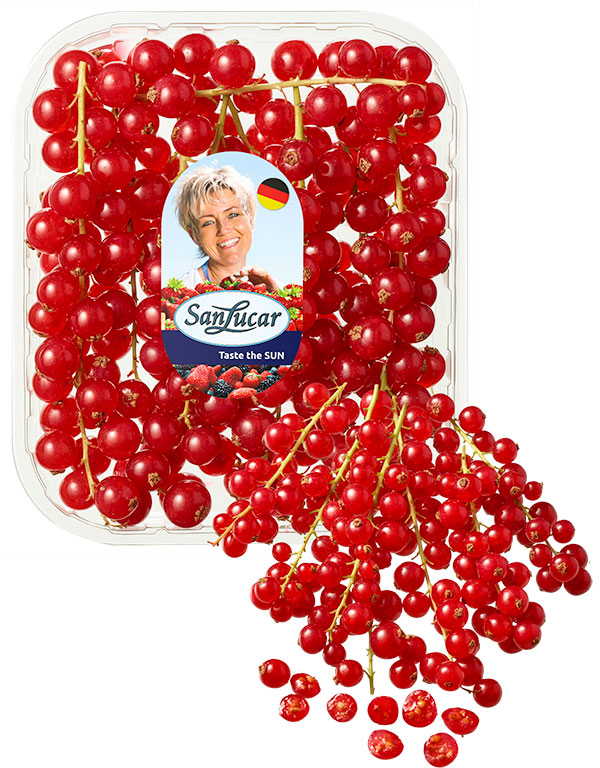Did you know that the berries owe their name to John the Baptist, whose birthday falls in June in the main season of the sweet and tart fruit? At SanLucar, we offer the small red and black delicacies practically throughout the whole year. In winter and spring, they come from Chile. Our German varieties grow along the middle part of the Rhine, because they love the rich clay soil – and probably the natural beautiful, as well. Our experienced Master Growers make sure that the plants are protected from wind and rain, as drops can damage the delicate berries and cause the skin to burst.
Sweet tip:
Blackcurrants are real shots of vitamin C. Just 30–40 berries take care of the the entire daily vitamin C requirement.





